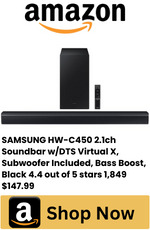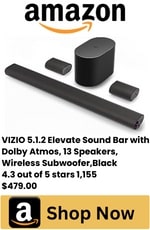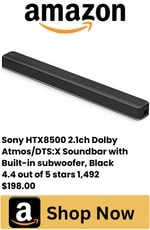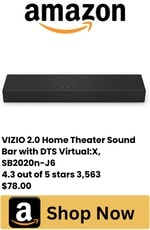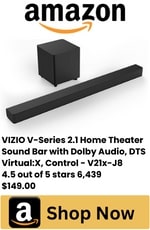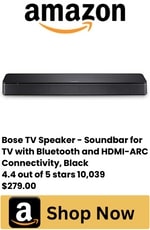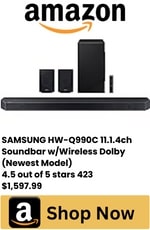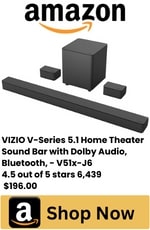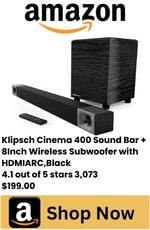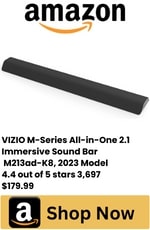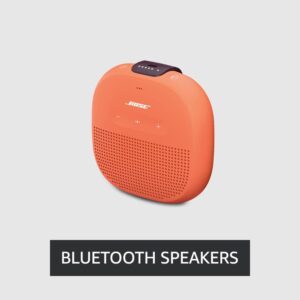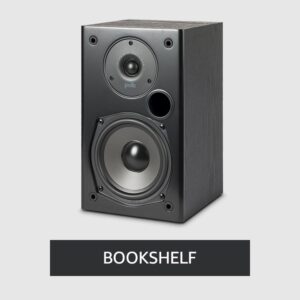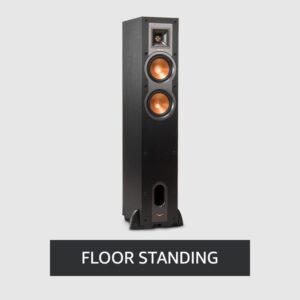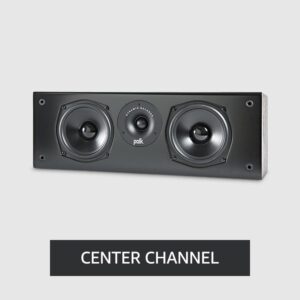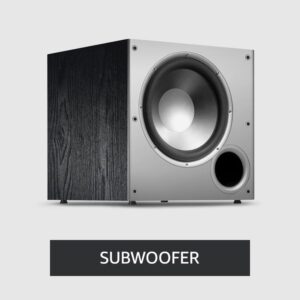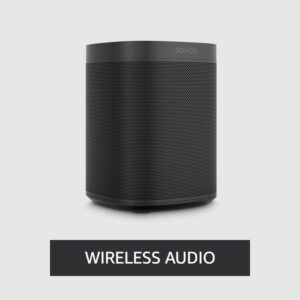How To Tell If A Subwoofer Is Blown: Detecting Damage and Exploring Solutions
Home theaters sound great with subwoofers. A subwoofer or two can make a huge difference in a home theater, but what happens when they stop working? Is it irreparably damaged? Is it possible to fix it?
How To Tell If Subwoofer Is Blown? When a subwoofer blows, it is a result of being either overloaded with power or overloaded with distorted audio signals. The sound of your subwoofer, the movement of the woofer, and the presence of a blown coil can be used to determine if the coil has blown.
Ensure your sub has not blown by listening to the sound at a low volume. The subwoofer is partially blown if distorted and completely blown if no sound ever comes out. Before jumping to conclusions, check the cable to which the subwoofer is connected before assuming otherwise.
For a deeper understanding of subwoofer types and their functionalities, explore the comparison between passive and active subwoofers. Gain insights into the differences between these two types and make an informed decision on the subwoofer that best suits your audio setup.
You’ll need to remove the cover to access the cone to test the woofer’s movement. To assess the damage to the cone, carefully move it with two hands.
- The item is most likely damaged if it doesn’t move at all when you try to move it.
- This is also another sign that there may be damage if it is extra wobbly.
- It is a particular sign of a blown subwoofer if you hear scratching sounds.
- It is also possible to detect a blown coil by using a multimeter. Multimeters can be used to measure voltage, resistance, and current, which can help one determine if electrical resistance is absent by measuring voltage, resistance, and current.
If your subwoofer displays any of these symptoms, it is likely blown. The first step is to evaluate the situation thoroughly. To decide what to do next, you must first understand the severity of the damage.
Table of Contents
Subwoofers: What Happens When They Blow?

Suddenly, your low-end sound stops working, and you enjoy your home theater system. There may be a lot of softening or distortion in the sound. The low-end doesn’t sound, or it may sound weird and distorted.
Subwoofers are one of the most important parts of home theater systems, so whatever is causing you to think they’re blown can be devastating.
Subwoofers have been damaged or blown by either too much power or signal. Overpowering your subwoofer with too much power is another cause of damaged subwoofers.
Distorted or clipped signals
You can easily damage your subwoofer when you turn up a distorted signal. Subwoofers do not like distorted or clipped signals. It may take a long time before your signal begins to distort and cause damage before you realize it is distorted.
Power is too much.
Subwoofers are often blown because too much power is applied to them, and this can often be a source of damage. Subwoofers can only handle so much volume, even when there is a lot. In extreme cases, it may be forced to function beyond its limits, resulting in damage due to too much pressure.
It is essential to ensure that the sound is clear and distortion-free even at extra high volumes, even though subwoofers are intelligently designed to withstand even more power than their specified RMS (root mean square) ratings.
Ensure your subwoofer(s) receive the right amount of power continuously by knowing their RMS wattage if you don’t already know it.
For additional insights on optimizing your subwoofer performance and ensuring its longevity, explore this informative guide Reduce Subwoofer Vibration Through Walls. Discover techniques to reduce subwoofer vibrations and maintain an optimal audio experience in your home theater setup.
Testing a blown subwoofer in different ways
To determine how much damage has been caused to your home theater’s subwoofer, it’s important to assess the unit when it appears to have blown fully.
In case of a subwoofer blowout in your home theater, it’s essential to know what types of damage typically occur when it blows. A blown subwoofer can be tested in three ways.
- Sound test. Does it clip, distort, etc.?
- Cone movement should be tested.
- Test electrical resistance with a multimeter.
For more information on how to perform these tests without causing any more damage to the subwoofer, read on to find out how to accomplish these tests.
Sound test
It is an excellent indicator of the extent of the damage done to your subwoofer if it produces a loud sound. Full or partial subwoofer blowouts produce the following sounds:
- Almost no sound – If your subwoofer is wholly blown, then it is most likely that it has been damaged. Cables and audio sources should be tested. Before making any conclusions, check that these are functioning correctly.
- Distorted partial sound – You probably have a partially blown subwoofer if your subwoofer produces weak, distorted sound at any volume.
Cone Test
Subwoofer cones can be easily accessed to diagnose the damage. For a subwoofer cone to move fluidly, it is built with a suspension system, and you can easily identify the cone when it is out of place by using your hands. The following symptoms might occur if you lightly press down on the subwoofer cone using two indicators:
- No movement in Cone – When a cone cannot move, it’s an indication that damage has occurred.
- Wobbly cone – The suspension system of a cone that lurches has been seriously compromised.
- A scratchy noise –
- There has been damage if you move the cone with your hands and make scratchy sounds. Any other equipment in your home theater system should be removed before this equipment is removed.
Use a Multimeter To Test electrical resistance.
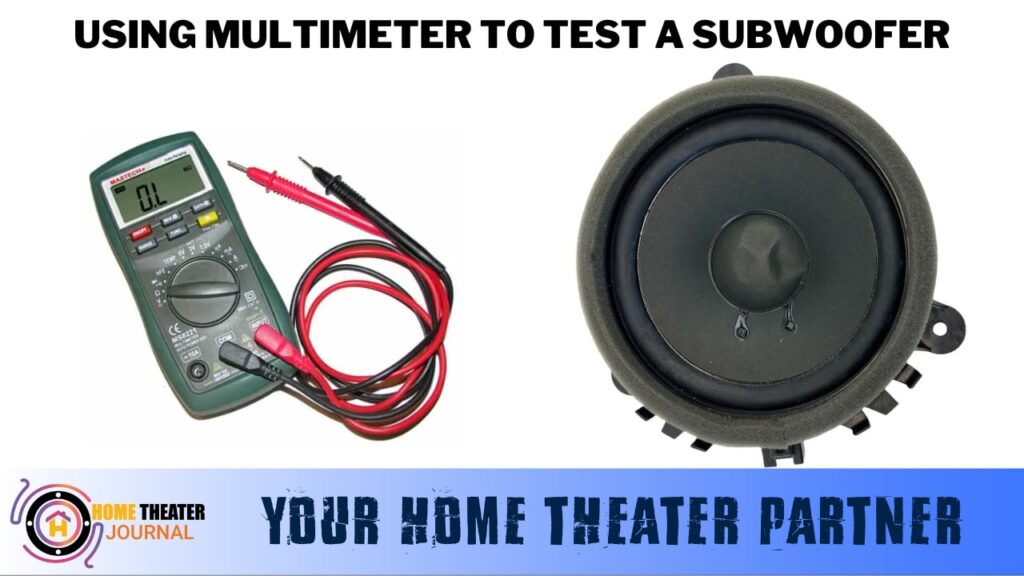
Having a multimeter on hand will let you know if a subwoofer’s coil is damaged, which is essential to know. You should check electrical resistance with this device (also known as ohms; symbol = Ω).
A damaged coil would have zero electrical resistance or would not stay in place if the reading was not stable, depending on the condition of the coil.
A subwoofer’s electrical resistance or ohms can be measured in the following ways:
- If there is a power source for the subwoofer, disconnect it.
- The subwoofer audio input must be disconnected.
- The subwoofer must be removed from its enclosure unless an external amplifier or receiver powers it.
- The multimeter should be connected to the two probes. Switch on the multimeter and measure ohms (Ω)
- Positive leads should have the red probe inserted, and negative leads should have the black probe inserted.
- Multimeters are then used to measure resistance. It is usually necessary to round up to the nearest whole number when determining the value for the correct resistance.
Your Subwoofer Blown? Here’s what you should do

Damage to a subwoofer is exceptionally stressful, but once you know it has been damaged, you should respond as soon as possible.
Your home theater system must be deactivated before removing the subwoofer. This may cause damage to your other equipment if you keep it in place, which can be even more problematic. Due to this, you should altogether remove it.
If your subwoofer is in poor condition, you should seek the advice of an expert. You can obtain a warranty for a relatively new subwoofer. Disassemble the subwoofer only after you have checked this!
Getting multiple people to examine the damage is better than doing it yourself. Consider getting a second and third opinion, whether you consult with a trusted friend or take it to Best Buy’s Geek Squad.
The last step is to decide how you will proceed without your subwoofer. Would a new one be a good investment for you? What would you do if you weren’t able to have it? Is it possible to fix it?
There may be another option to consider other than buying a new subwoofer. Find out what works best for you by reviewing all of your options.
Conclusion:
A blown subwoofer can be a frustrating setback for your home theater experience. Recognizing the signs of damage early can help you take timely action and prevent further harm to your equipment.
Whether through sound tests, cone movement assessments, or using a multimeter to check electrical resistance, diagnosing a blown subwoofer involves careful examination. Remember to disconnect power sources and audio inputs before conducting any tests to ensure your safety.
Don’t rush to conclusions if you find that your subwoofer is indeed blown. Depending on factors like warranty coverage and the extent of the damage, consider seeking expert advice or a second opinion.
It’s essential to weigh your options, whether repairing the subwoofer, getting a replacement, or exploring alternative solutions. Ultimately, your goal is to restore optimal sound quality to your home theater setup.
FAQs
Q1: What causes a subwoofer to blow?
A1: Subwoofers can blow due to excessive power or distorted audio signals. Overpowering the subwoofer or subjecting it to distorted signals can damage the speaker’s components.
Q2: How To Tell If A Subwoofer Is Blown?
A2: Signs of a blown subwoofer include no sound output, distorted or weak sound, lack of movement in the subwoofer cone, wobbly cone suspension, scratchy noises when moving the cone, and zero or unstable electrical resistance when measured with a multimeter.
Q3: Can I repair a blown subwoofer?
A3: Depending on the extent of the damage and the warranty status, it might be possible to repair a blown subwoofer. Seeking professional advice and exploring repair options can help you determine the best action.
Q4: Should I conduct tests on a blown subwoofer myself?
A4: Approaching testing cautiously is advisable, ensuring you disconnect power sources and audio inputs first. However, seeking guidance from experts or technicians is recommended for accurate diagnosis and safety.
Q5: What should I do if my subwoofer is blown?
A5: If you confirm that your subwoofer is blown, disconnect it from power and seek expert advice. Check if the subwoofer is under warranty, and consider consulting multiple sources for opinions. Decide whether to repair, replace, or explore alternative solutions to maintain the audio quality of your home theater setup.

Author: Baqarrasheed
I know all about home theater items! I have been doing this for more than three years now. I am good with things like sound systems, TVs, projectors, and all that cool entertainment gear. I like to help folks by testing and talking about these gadgets on Hometheaterjournal. I want to make sure everyone can create an awesome entertainment setup at home without any confusion.
I write the creative content for HometheaterJournal.



